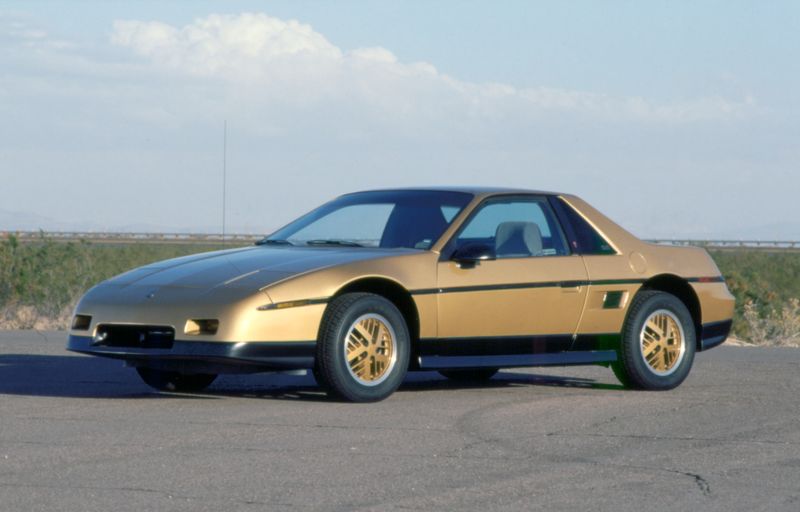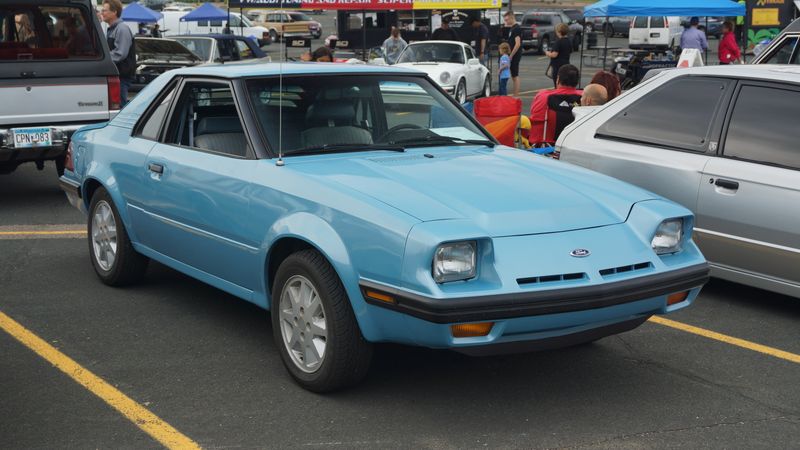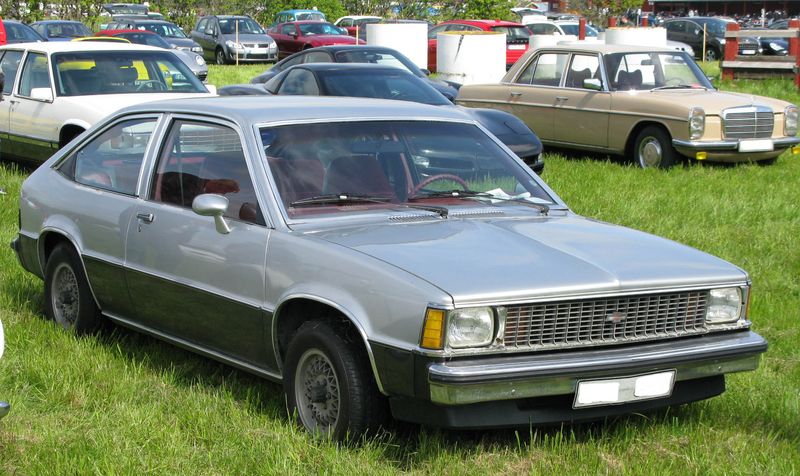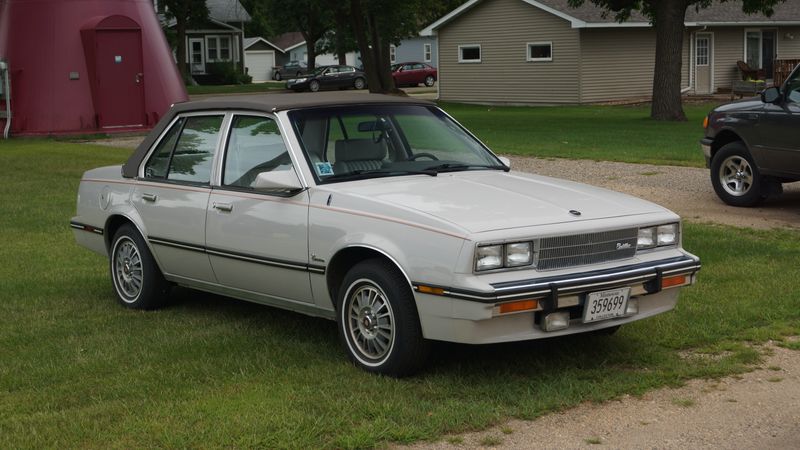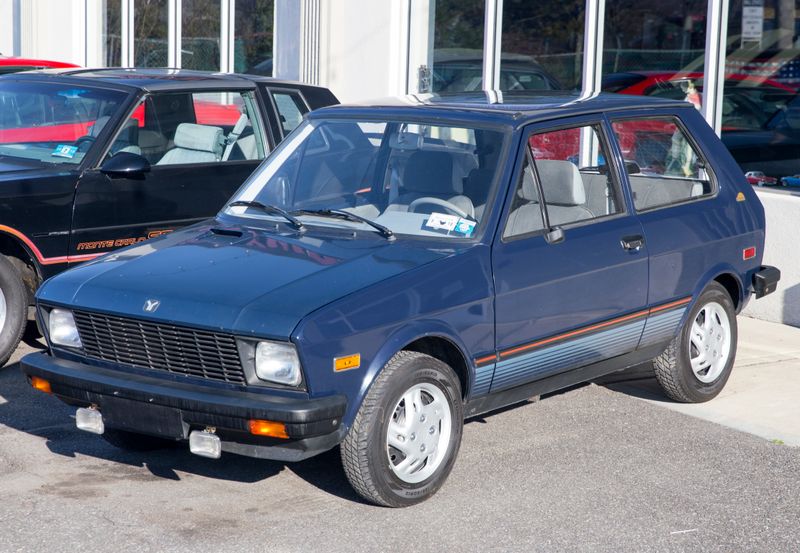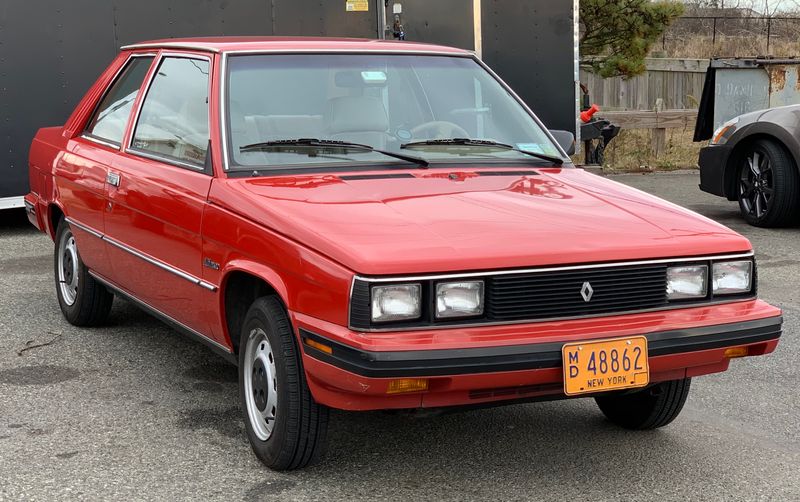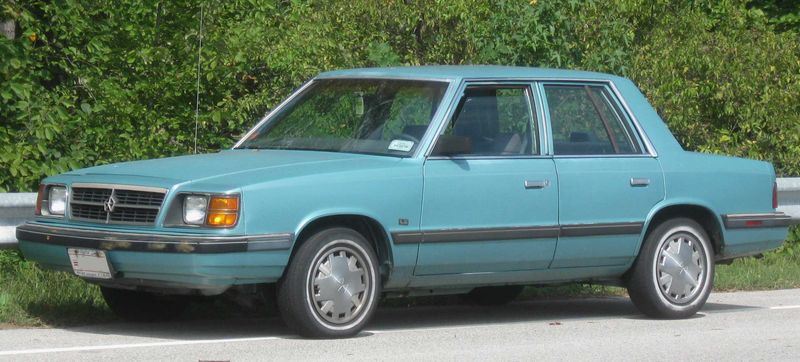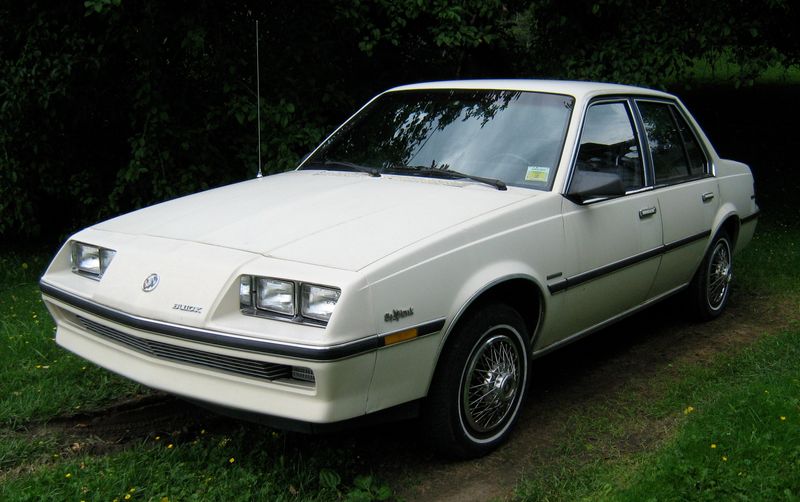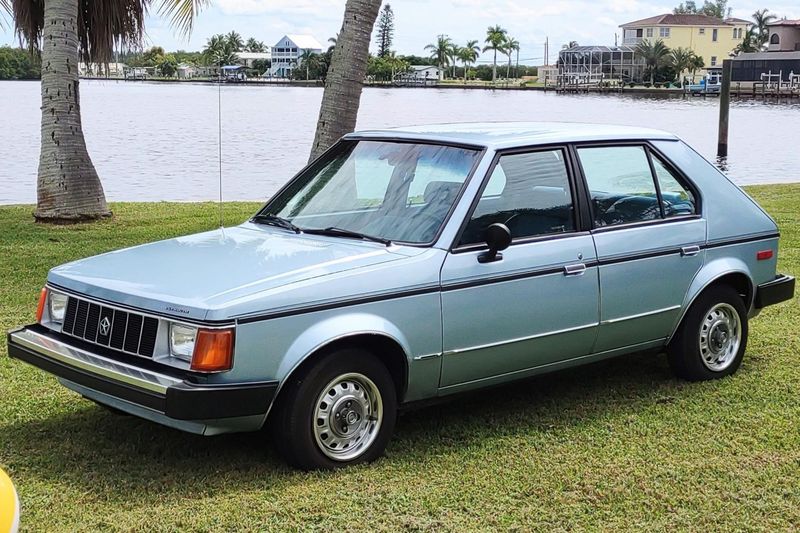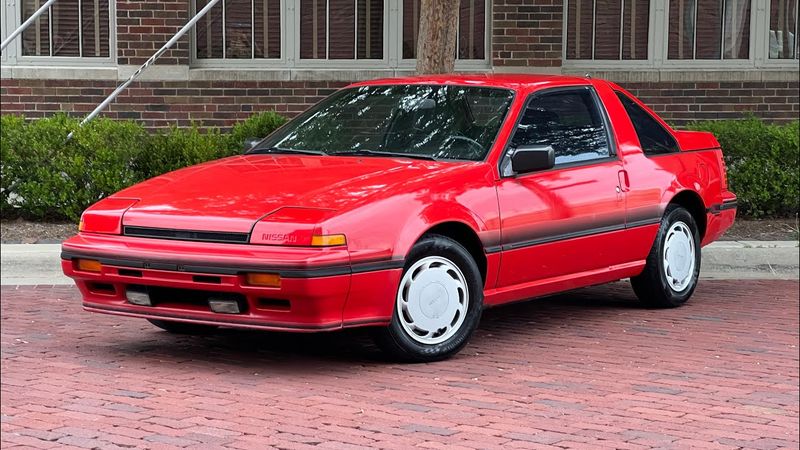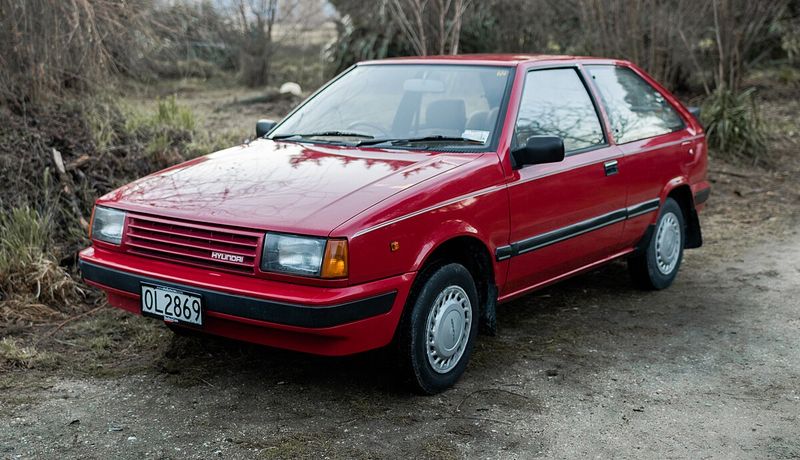The 11 Ugliest Cars to Come Out Of The 1980s
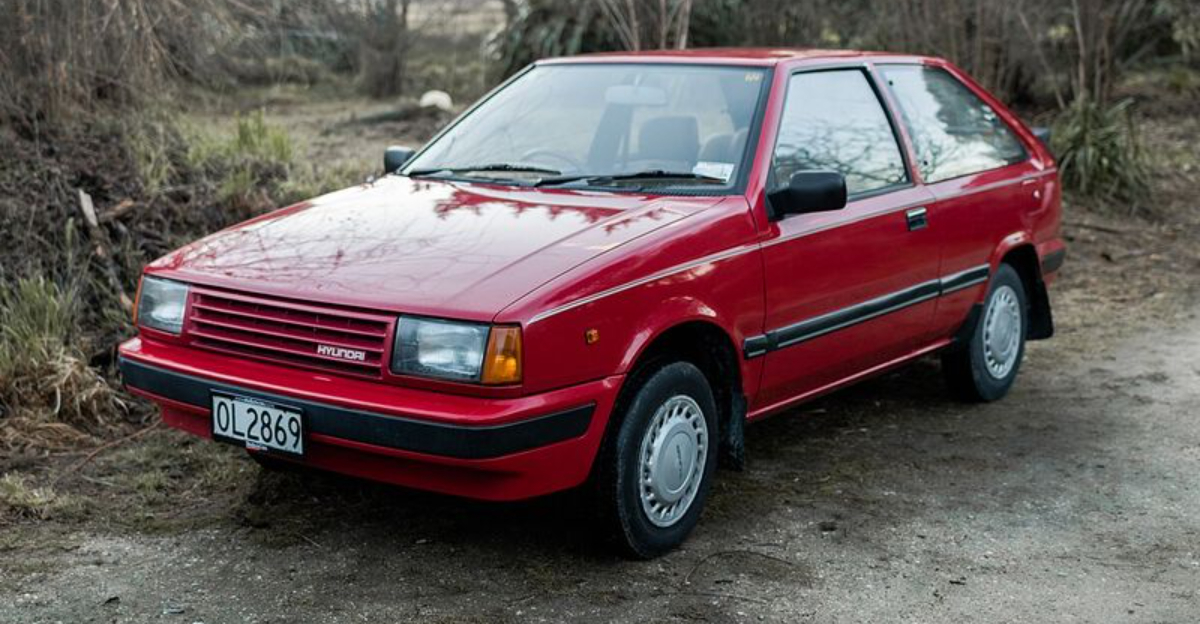
The 1980s gave us plenty to remember—neon fashion, synth-heavy music, and some truly unique cars. While some became icons of the road, others… well, let’s just say they pushed the limits of good design.
Whether they were too boxy, oddly proportioned, or just downright bizarre, these cars left a lasting impression—just not the one their manufacturers intended.
Was Elon Musk inspired by these automotive oddities when designing the Cybertruck? Who knows? But one thing’s for sure—these cars looked more like something out of a sci-fi movie than a dealership showroom.
These quirky automobiles are sure to make you laugh, cringe, or simply wonder: “What were they thinking?” Take a look and judge for yourself.
1. Pontiac Fiero
Hot Wheels in the real world? Meet the Pontiac Fiero.
It was built in the 1980s with the intention of being a true sports car that would turn heads. In a way, it succeeded—but for all the wrong reasons. Stubby and oddly proportioned, it stood out more for its quirky design than its performance.
It’s the kind of car that makes you ask, “Was this designed by an engineer or a cartoonist?”
2. Ford EXP
The Ford EXP was Ford’s attempt to create a sporty compact car, but it ended up being more house cat than leopard. With its peculiar front end and small dimensions, the EXP looked perpetually surprised.
It featured an unusual mix of curves and angles that made it look neither fish nor fowl. It was meant to attract young drivers, but instead, it confused them. It wasn’t ugly enough to be funny, but it wasn’t good-looking enough to be taken seriously.
A true automotive identity crisis.
3. Chevrolet Citation
The Chevrolet Citation, introduced in 1979, was like the Rubik’s Cube of cars—boxy, plain, and confusing. Its design was so square it could have been part of a Tetris game.
While it was practical and reliable, it looked as exciting as a loaf of white bread.
Even though it wasn’t much to look at, the Citation became a big hit, selling the most cars in America in its first year. But its early success couldn’t hide its problems—boring style and quality issues that hurt its reputation.
Was it truly a victory for design, or did people just settle for what was available at the time? It did the job, but it was quickly forgotten.
4. Cadillac Cimarron
Imagine a shoebox with wheels, and you’ve got the Chevrolet Citation. It was practical, sure—but stylish? Not so much.
It was the kind of car you’d use to get from point A to point B without much thought about how it looked along the way.
It wasn’t the car of their dreams—it was just something that got the job done. As for being a luxury car, the Citation was a luxury in name only.
The Cimarron proved that even luxury brands can have off days.
5. Yugo GV
The Yugo GV was the ultimate example of “cheap and cheerful.” Its no-frills design was so basic, it made simplicity look like an art form.
Affordable and functional, the Yugo’s design was as exciting as a cardboard box. Produced in Yugoslavia, it became the punchline of many jokes, yet earned a cult following for its unapologetic simplicity.
It’s the kind of car that makes you say, “Well, at least it runs… sometimes.” But hey, at least it was cheap.
6. Renault Alliance
So, was it the car of your dreams? Probably not.
The Renault Alliance arrived on American roads with a whisper, not a roar. It was supposed to bring European sophistication to American streets.
Priced at around $6,000 in the mid-1980s, it was affordable, but ‘affordable’ doesn’t always mean ‘desirable.’ The Alliance was the kind of car you’d buy because it was cheap, not because it made your heart race.
7. Dodge Aries K-Car
The Dodge Aries K-Car had all the charisma of a household appliance—boxy, plain, and uninspired. It was the ultimate “dad car” of the ’80s, designed more for practicality than for making a statement.
But let’s give credit where it’s due—it was dependable. And sometimes, ugly and reliable is far better than beautiful and broken (yes, we’re looking at you, Yugo).
The Dodge Aries K-Car was basically a refrigerator on wheels. It wasn’t a head-turner, but it got the job done. The Aries proved that a car doesn’t need to be stylish to be useful. It was the car your parents drove because it was reliable, not because it won any design awards.
Simple, practical, and enduring—sometimes that’s all you really need.
8. Buick Skyhawk
The Buick Skyhawk, introduced in 1982, dared to be different.
It aimed to be futuristic, but ended up looking like a car from a parallel universe where design rules were thrown out the window. Its two-tone paint job and angular design choices were bold, yet baffling.
Priced at around $7,000 in the early ’80s, the Skyhawk was an attempt to stand out in a crowded market, but its unusual styling made it hard to take seriously.
It was the kind of car that made you think, “Is it ahead of its time or just completely lost?”
9. Plymouth Horizon
The Plymouth Horizon was the epitome of the phrase “it gets you from A to B.” It was built to be practical, reliable, and blend in with the crowd.
And it did that job too well. If invisibility was a design goal, mission accomplished.
Introduced in the late ’70s, the Horizon was priced at around $4,500, making it an affordable option for many drivers. With its simple, unremarkable design, it didn’t stand out in any way.
For many, it was a good car for driving to work, running errands, or just getting around.
10. Nissan Pulsar NX
Ever seen a car that looks like a spaceship, but not quite as cool? Well, meet the Nissan Pulsar NX. It looked like it came straight out of a sci-fi movie.
The convertible version was especially popular among drivers looking for a sporty look and fun in the open air.
It appeared in several movies and TV shows during the ’80s and ’90s, often as the car of young, energetic characters.
11. Hyundai Excel
The Hyundai Excel was an exercise in economy, both in design and engineering. It marked Hyundai’s first attempt to enter the American market, and it was clear.
With its compact design, the focus was on affordability, not style. A car for people who just needed “a car.”
The Excel was introduced in 1985 and was priced at around $4,995 when it first hit the market. It was a budget-friendly option.
Have you ever seen one on the road?

